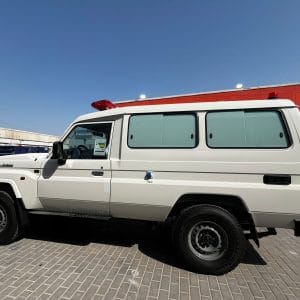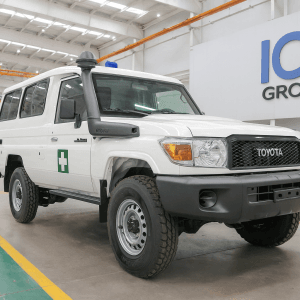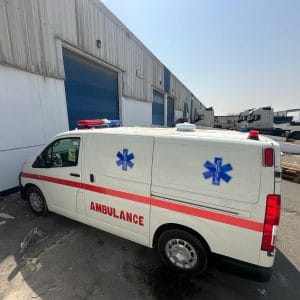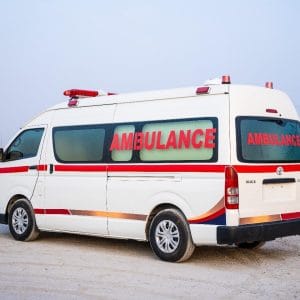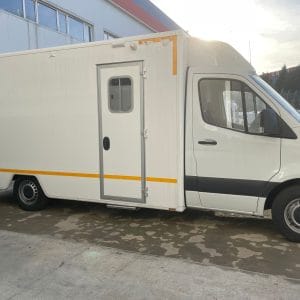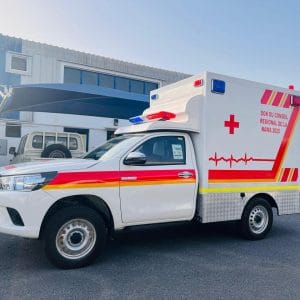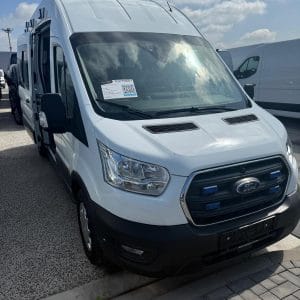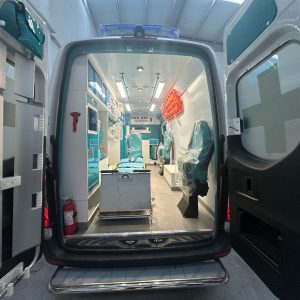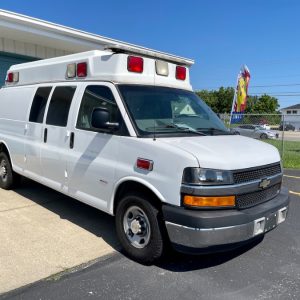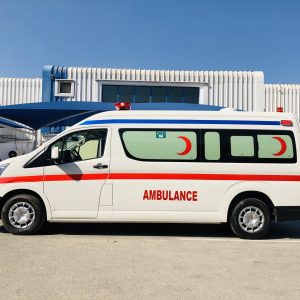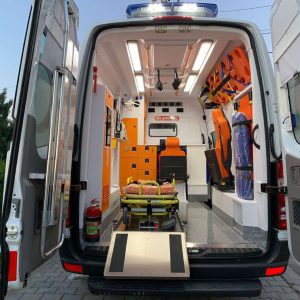Nepal fire fighter truck RHD; Nepal’s unique and challenging topography, from the densely packed, narrow alleys of its historic cities to the more accessible urban centers, demands a specialized approach to firefighting and emergency response. For a metropolitan municipality looking to enhance its capabilities, the procurement of two new Nepal fire fighter truck RHD units is a significant step forward. This initiative demonstrates a commitment to public safety, operational efficiency, and adherence to global best practices.
This detailed guide is designed to support municipal decision-makers, including mayors and fire chiefs, in planning the acquisition of two 4×4 fire trucks. We will explore suitable chassis options, essential equipment, and the critical compliance standards needed to build a resilient and effective firefighting force.
Understanding the Operational Requirement: A Two-Truck Strategy
The plan to purchase two units with different capacities is a strategically astute move. It allows for a versatile response strategy:
- Unit 1: The Agile Rapid Intervention Vehicle (Approx. 2500-Liter Capacity): This truck is designed for speed and access. It will be the first responder in narrow lanes, historic market areas, and hilly terrain where larger vehicles cannot pass. Its primary role is to initiate fire attack, perform rescues, and contain a blaze until larger support arrives.
- Unit 2: The Main Attack Pumper (Approx. 4000-Liter Capacity): This truck serves as the backbone of the municipal firefighting effort. With a larger water and foam capacity, it can sustain longer operations, support the rapid intervention vehicle, and tackle larger structural fires and industrial incidents.
Both units must be built on a robust 4×4 truck chassis with a Right-Hand Drive (RHD) configuration, a maximum Gross Vehicle Weight (GVW) of 8-10 tons, and a wheelbase not exceeding 3600 mm to ensure maneuverability.
Crucial Compliance Standards: NFPA and EN
Adhering to international standards is non-negotiable for ensuring performance, safety, and interoperability. The two key standards for this procurement are:
- NFPA (National Fire Protection Association): Primarily used in North America, NFPA standards (like NFPA 1901: Standard for Automotive Fire Apparatus) are globally recognized for their rigorous requirements on performance, safety systems, and component reliability.
- EN (European Norm): These European standards are widely adopted across the world and are known for their robust construction and safety protocols.
Specifying that the trucks must “fully comply with NFPA and EN standards” ensures that the manufacturer delivers a product that meets the highest benchmarks for quality, safety, and operational effectiveness. This includes everything from pump performance and ladder safety to the quality of materials used.
Recommended Chassis Options for the Nepal Fire Fighter Truck (RHD)
The chassis is the foundation of the fire truck. For a GVW of 8-10 tons and a 4×4 configuration, several reputable global manufacturers offer suitable RHD platforms. These chassis are known for their durability, reliability, and service support in regions like South Asia.
Leading Contenders Include:
- Tata LPTA 1618 / 1923: A dominant force in the Indian subcontinent, Tata offers excellent value, robust build quality, and, most importantly, an extensive service and parts network across Nepal. The LPTA series is a proven workhorse for municipal and specialized vehicle applications.
- Ashok Leyland Boss 1920: Another strong contender from India, Ashok Leyland is renowned for its ruggedness and reliability. Their 4×4 chassis are well-suited for challenging terrains and can be custom-built to meet specific firefighting requirements.
- Isuzu FVR / FVZ: Isuzu is a global leader in commercial vehicle reliability. Their chassis are known for fuel efficiency, low maintenance costs, and exceptional durability. While sometimes at a higher initial cost, their long-term operational reliability is a significant advantage.
- Mercedes-Benz Atego 1529: For municipalities seeking a premium option, the Mercedes-Benz Atego offers advanced engineering, superior driver comfort, and a powerful engine. It represents the top end of the market in terms of performance and technology.
- U Truck (Shacman): Chinese manufacturers like U Truck offer cost-effective solutions with modern features. Their competitiveness in price makes them an option worth evaluating, though thorough due diligence on long-term parts availability and service is essential.
Selection Advice: When meeting with the mayor, it’s crucial to discuss not just the chassis brand, but also the total support package. Inquire about the availability of spare parts in Nepal, the manufacturer’s warranty, and the presence of trained service technicians. A locally supported chassis can significantly reduce downtime over the vehicle’s lifespan.
Detailed Equipment & Configuration for Each Unit
Here is a breakdown of the proposed configuration for each of the two fire trucks, ensuring they are fully equipped for their distinct roles.
Unit 1: Agile Rapid Intervention Vehicle (2500 Liters)
- Chassis: 4×4, RHD, GVW ~8-9 tons, Wheelbase ~3200-3600 mm (shorter for better turning).
- Cab: A crew cab (6-seater minimum) to transport the firefighting team to the scene.
- Water Tank: 2200-2500 liters.
- Foam Tank: 200-300 liters (Integrated foam system allows for Class A and B fire attacks).
- Fire Pump: A midship-mounted, single-stage or two-stage pump with a capacity of 2000 Liters Per Minute (LPM) at 8-10 bar pressure. It should feature a front and rear suction inlet and multiple discharge outlets.
- Hose Management:
- Minimum 120 meters of 65mm hose for water relay.
- 60 meters of 45mm hose for direct attack.
- A front-mounted hose reel with 30-40 meters of high-pressure hose for rapid deployment.
- Key Equipment & Accessories:
- Lighting: A powerful roof-mounted light mast with 4x LED floodlights for 360-degree scene illumination.
- Power: A built-in diesel-powered generator (5-8 kVA) to run lights and equipment.
- Forcible Entry: Hydraulic rescue tools (spreaders, cutter, ram), axes, sledgehammers, and halligan bars.
- Rescue: A 4-gas monitor (for O2, LEL, CO, H2S), basic first aid kit, and spine boards.
- Breathing Apparatus: A 6-cylinder storage compartment for Self-Contained Breathing Apparatus (SCBA).
- Water/Foam Monitor: A portable or front-mounted monitor capable of flowing at least 500 LPM.
Unit 2: Main Attack Pumper (4000 Liters)
- Chassis: 4×4, RHD, GVW ~10 tons, Wheelbase ~3600 mm.
- Cab: A larger crew cab (6-8 seater).
- Water Tank: 3800-4000 liters.
- Foam Tank: 300-400 liters.
- Fire Pump: A more powerful midship-mounted, two-stage pump with a capacity of 3000-4000 LPM at 8-10 bar. It must have multiple large-diameter suction inlets (e.g., 150mm) for water relay from hydrants or open sources.
- Hose Management:
- Extensive hose storage for 200+ meters of 65mm hose and 100+ meters of 45mm hose.
- Multiple hose reels (at least two) for different agents (water/foam).
- Key Equipment & Accessories:
- Extended Capabilities: All equipment from Unit 1, but in larger quantities.
- Lifting & Stabilization: A set of airbags for lifting and stabilization during rescue operations.
- Advanced Rescue Tools: Additional or more powerful hydraulic rescue tools.
- Command & Control: A more comprehensive command system with a weatherproof exterior workstation, VHF radio communication, and a public address system.
- Fixed Water/Foam Monitor: A roof-mounted, remote-controlled monitor with a flow rate of 1500-2000 LPM, capable of projecting water or foam accurately from a safe distance.
The Importance of Approved Accessories and Training
When discussing the procurement, emphasize that “approved accessories” mean components that are tested and certified to work with the main apparatus. This includes everything from the pressure ratings of hoses and couplings to the safety certifications of power tools and breathing apparatus.
Furthermore, the procurement budget should ideally include a comprehensive training package from the manufacturer or supplier. This ensures that the firefighting crew can operate the new equipment safely and effectively, maximizing the return on this critical municipal investment.
Conclusion: Building a Safer Future for the Municipality
The decision to invest in two specialized Nepal fire fighter truck RHD units is a forward-thinking strategy that will dramatically improve emergency response capabilities. By selecting the right chassis, insisting on full NFPA and EN compliance, and specifying a comprehensive set of equipment tailored to the specific needs of narrow roads and broader urban areas, the municipality will be equipped to protect its citizens and infrastructure for years to come.
As you prepare for your meeting with the mayor, focus on presenting this procurement not just as a purchase, but as a long-term investment in community safety, resilience, and modern governance. A well-equipped and mobile fire department is a cornerstone of a thriving, secure metropolitan city in Nepal.
Disclaimer: The specifications provided are for guidance and planning purposes. Final technical specifications must be developed in consultation with qualified fire apparatus manufacturers and engineers to ensure they meet the exact operational requirements and regulatory landscape of Nepal.



